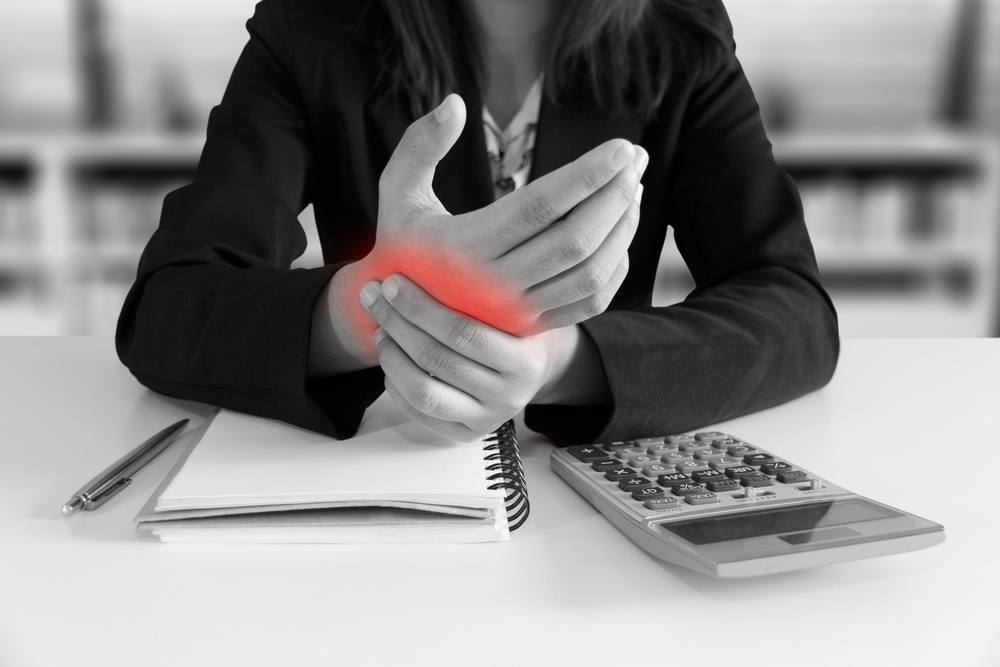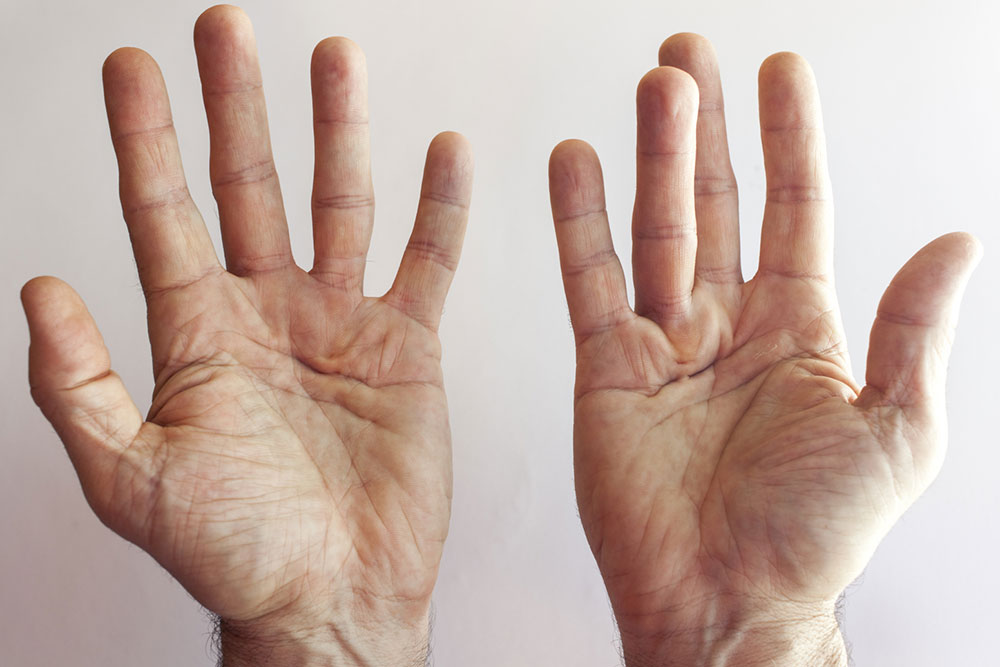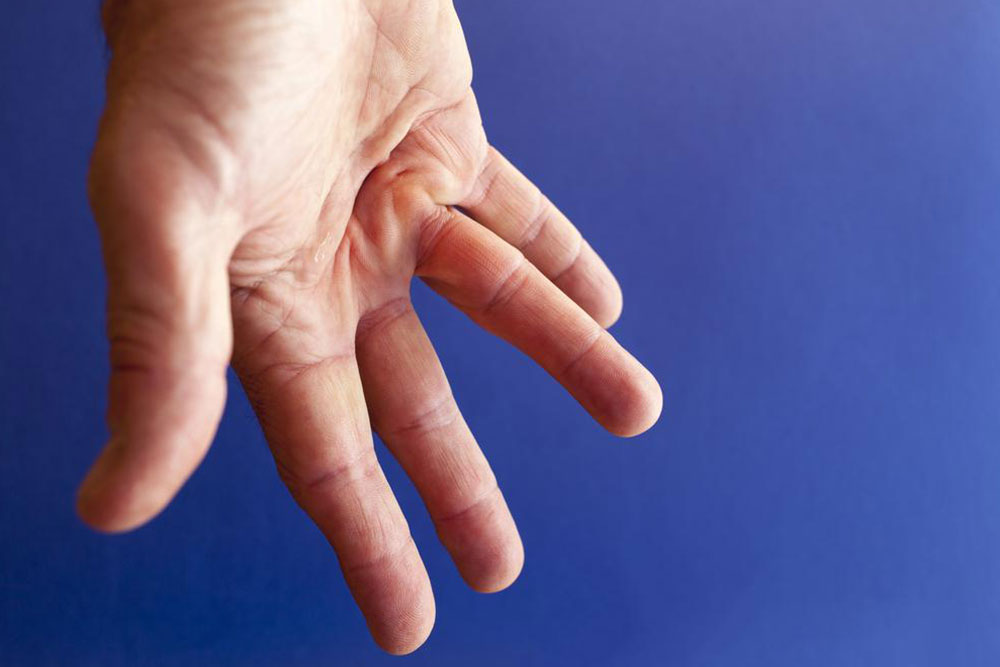Complete Overview of Dupuytren’s Disease: Causes, Symptoms, and Effective Management Strategies
This comprehensive guide covers the causes, symptoms, and management options for Dupuytren’s disease. It explains risk factors like genetics, lifestyle choices, and medical conditions, and details early signs such as nodules and finger contractures. Effective treatments including surgery, medications, and new minimally invasive techniques are discussed to help those affected improve hand function and reduce deformity.

Complete Overview of Dupuytren’s Disease: Causes, Symptoms, and Effective Management Strategies
Dupuytren’s disease, a prevalent condition that affects the connective tissues within the hand, specifically targets the palmar fascia—the layer of tissue beneath the skin of the palm and fingers. Over time, this condition results in thickening and tightening of these tissues, which can lead to permanent finger deformities if left untreated. The disease primarily causes the fingers, especially the ring and little fingers, to curl inward towards the palm, severely impacting hand functionality and quality of life. Despite its widespread occurrence, the exact cause of Dupuytren’s disease remains elusive, though researchers have identified several factors that can increase susceptibility.
Several factors have been associated with a higher risk of developing Dupuytren’s disease. Genetic predisposition plays a significant role, as the condition tends to run in families. Researchers believe that certain inherited gene mutations may influence the abnormal growth of connective tissues. Lifestyle choices, such as smoking and excessive alcohol consumption, are also linked to increased risk and severity. Medical conditions like diabetes, epilepsy, and autoimmune diseases further elevate the likelihood of developing this disorder. Men over 40 are particularly vulnerable, with some populations, especially those of Northern European descent, exhibiting higher prevalence rates.
Recognizing the early signs and symptoms of Dupuytren’s disease is crucial for timely intervention. Initial indicators often include small, nodular lumps or bumps under the skin of the palm, which are usually painless in the early stages. As the disease progresses, these nodules can develop into thicker cords of tissue that gradually pull the fingers inward, causing contractures that restrict hand movement. Patients may notice difficulty in straightening the affected fingers, especially when gripping objects or performing fine motor tasks. The progression varies among individuals, with some experiencing rapid deterioration while others see a slow decline over years.
There is currently no cure for Dupuytren’s disease, but a variety of management approaches aim to slow progression, reduce discomfort, and restore hand function. Non-invasive options include medications such as corticosteroid injections that can decrease inflammation and size of nodules. Physical therapy and hand exercises may help maintain joint flexibility, though they do not halt progression. In cases where contractures significantly impair daily activities, surgical intervention becomes necessary. Surgical options include fasciectomy, where the thickened tissue is removed, or needle aponeurotomy, which involves dividing the cords to release finger deformities. New minimally invasive techniques, such as collagenase injections, have gained popularity due to their effectiveness and reduced recovery times.
Managing Dupuytren’s disease also involves lifestyle modifications to reduce risk factors and prevent further progression. Quitting smoking, limiting alcohol intake, and controlling blood sugar levels in diabetics can contribute to better outcomes. Postoperative and post-treatment care often includes hand therapy to regain strength and mobility, along with regular monitoring for recurrence. Though disease progression can be challenging, with appropriate treatment and management strategies, many patients experience significant improvements in hand function and quality of life. Continued research into the causes and emerging therapies offers hope for more effective and less invasive options in the future.





